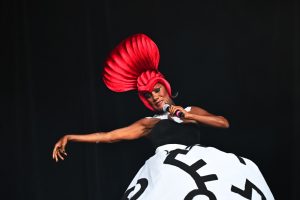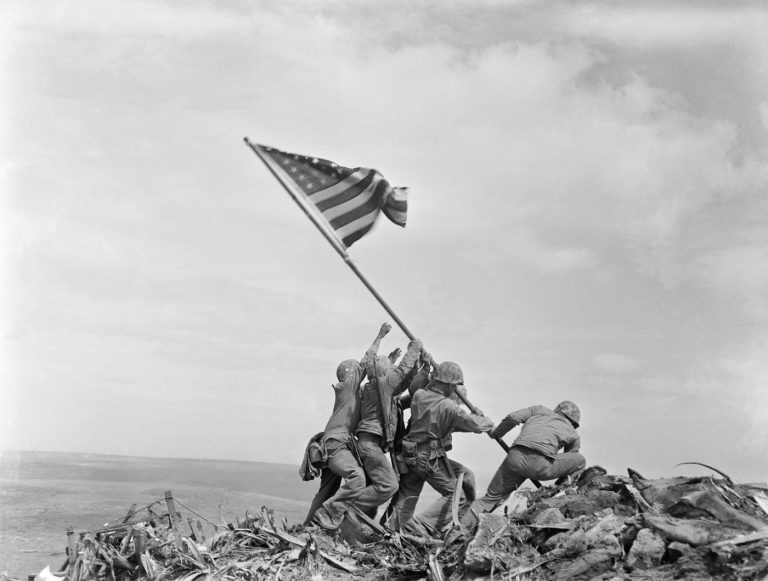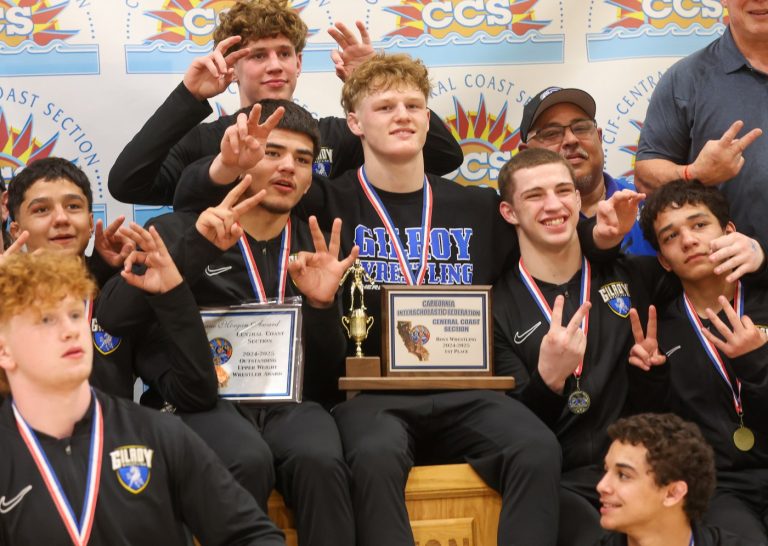By Mae Anderson | Associated Press
NEW YORK — Small businesses along popular vacation destinations like boardwalks and piers in the U.S. say the number of tourists flocking to the waterfront is back to normal, meaning pre-2020 levels. But while the affluent are spending freely, lower-income vacationers are sticking to carefully planned-out budgets.
Sean Bailey, marketing manager of the SkyWheel observation wheel by the Myrtle Beach, S.C., Boardwalk and Promenade, said ticket sales for the 13-year-old attraction have exceeded 2019 levels since 2021, and so far this year are tracking slightly above 2023 levels.
Bailey has noticed that tourists buying the cheaper tickets – which increased from $18 to $21 this year — are planning ahead and buying online instead of walking up to the 200-foot attraction. A regular ride, or “flight,” on the SkyWheel, which has glass enclosed gondolas that seat up to six, takes 10 to 15 minutes.
On the other end of the spectrum, the costlier tickets have become more popular. There are $35 sunrise tickets and $109 VIP tickets which include up to four people and get the buyer a flight that lasts 30 minutes. SkyWheel also offers a $250 gender reveal package which includes a light show and a ride for up to six.
“People are looking for more enhanced experiences beyond just the regular flight,” Bailey said.
According to the U.S. Travel Association’s forecast, 2024 tourism volume is expected to top 2019’s numbers for the first time since the pandemic began, with 2.45 billion trips taken, up from 2.38 billion in 2023 and 2.40 billion in 2019.
Domestic tourism is rebounding faster than international tourism. U.S. domestic travel spending, which includes general travel spending and passenger fares, is expected to be $975.6 billion in 2024, 98% of 2019 levels. International travel spending of $153.9 billion is about 83% of 2019 levels. Both are adjusted for inflation, per the USTA.
Similar to the CEOs of large, consumer-focused companies, owners of small businesses say they see a divide in spending between affluent Americans, who have maintained their spending levels, and those in lower income brackets who are being more careful. Wall Street racked up double-digit gains last year and so far this year — even with some recent volatility — while wage increases have slowed and inflation remains a burden even though price pressures on consumers have eased.
At Navy Pier, which juts out into Lake Michigan in Chicago, Robin Harris, owner of Confidence Apparel, which sells clothing with affirmations on it, says foot traffic and sales are up this year compared with last year. She says customers are being more conscious about their spending, picking things they can wear more than once and choosing quality over quantity. Her top sellers are a $30 T-shirt in a variety of colors that says “Inhale confidence, exhale doubt,” and a $75 jacket with a recipe-like list of ingredients including “Love, kindness, courage and resilience.”
“(Customers) are starting to be a little bit more intentional about what they purchase instead of just purchasing anything and everything,” she said.
Elsewhere on Navy Pier, Robert Gomez owns Beat Kitchen Cantina, a Mexican concession stand, and Bar Sol, a full restaurant with a patio. He says sales at the concession stand are up 30% compared with last year, with customers content to spend $8 on a taco, up $1 from last year. Gomez expanded his more upscale restaurant Bar Sol and made other improvements so sales aren’t comparable.
Gomez also owns two live music venues that serve food, located away from the touristy areas. He said that while tourists on the Pier seem more than happy to pay $40 for an entrée at Bar Sol, those neighborhood restaurants, which mainly attract local Chicagoans, aren’t seeing the same level of spending.
“Tourists come in (to Bar Sol), expecting to spend too big, whereas a local patron is looking for better deals,” he said. “It’s much more price sensitive, it’s almost the other extreme. And so, it’s been a struggle for me with the neighborhood businesses in comparison.”
Related Articles
Blight woes mount in San Jose — where are the biggest offenders?
Letters: Narrow view | Clean cities | Trump’s deceit | Biden’s politicking | Denouncing reform
Hotel sales implode in Bay Area and California as lodging woes widen
Trump wants presidents to have some say over interest rates
Pandemic shifted US jobs out of big cities into smaller metros
At Laura’s Fudge in Wildwood, N.J., which has been around since the 1920s, owner Dave Roach said sales of fudge, saltwater taffy and chocolate-covered turtles have risen each year since 2020. He said many customers, often families that have been going to the boardwalk for generations, save up all year to have money to spend at Wildwood.
“They know what it’s going to cost them, and they don’t mind spending the money,” he said.
Michelle Rutkowski, who owns Boardwalk Best and Five Mile Marketplace on the Wildwood, N.J., boardwalk, which sell beach goods and souvenirs, has seen business ebb and flow for decades since her family has had businesses there since the 1980s.
Rainy weekends slowed business in April and May. But things have picked up since, particularly once school ended in mid-June.
Rutkowski said she feels positive about sales momentum this year, with shoppers spending on souvenirs like keychains and magnets and T-shirts with the unofficial Wildwood, N.J., mascot, a seagull with a French fry in its mouth.
“People have allotted a reasonable budget for vacation, and they’re spending it,” she said. “Maybe this won’t be the year for back to 100% of that where it was, but definitely we are on that trajectory.”












